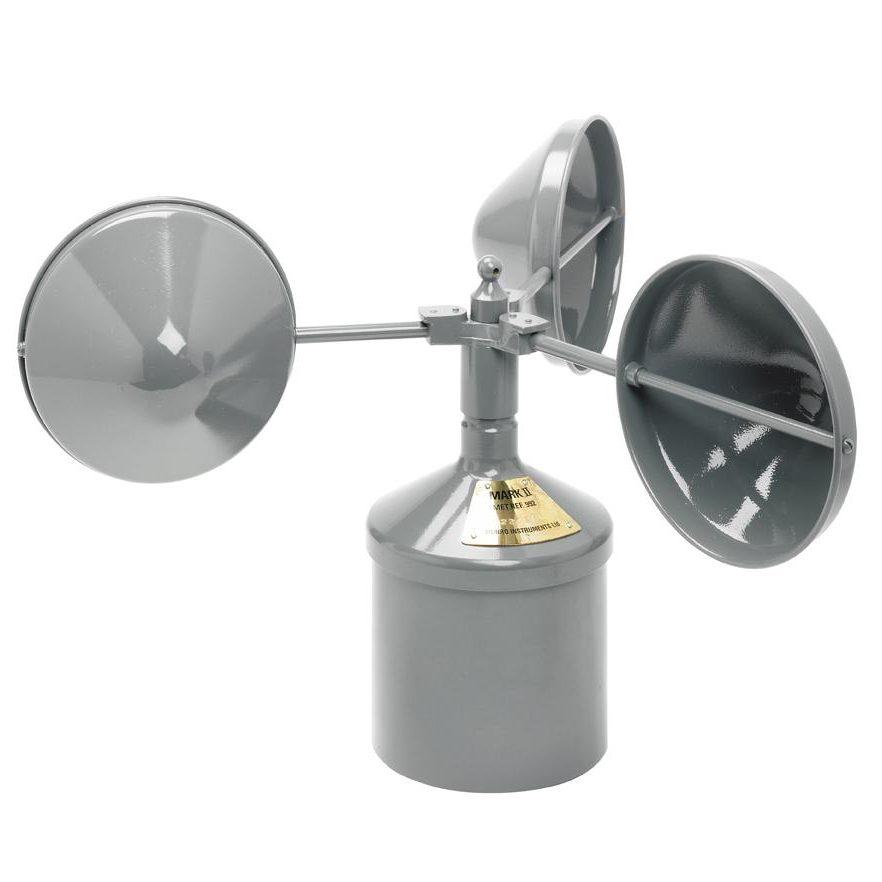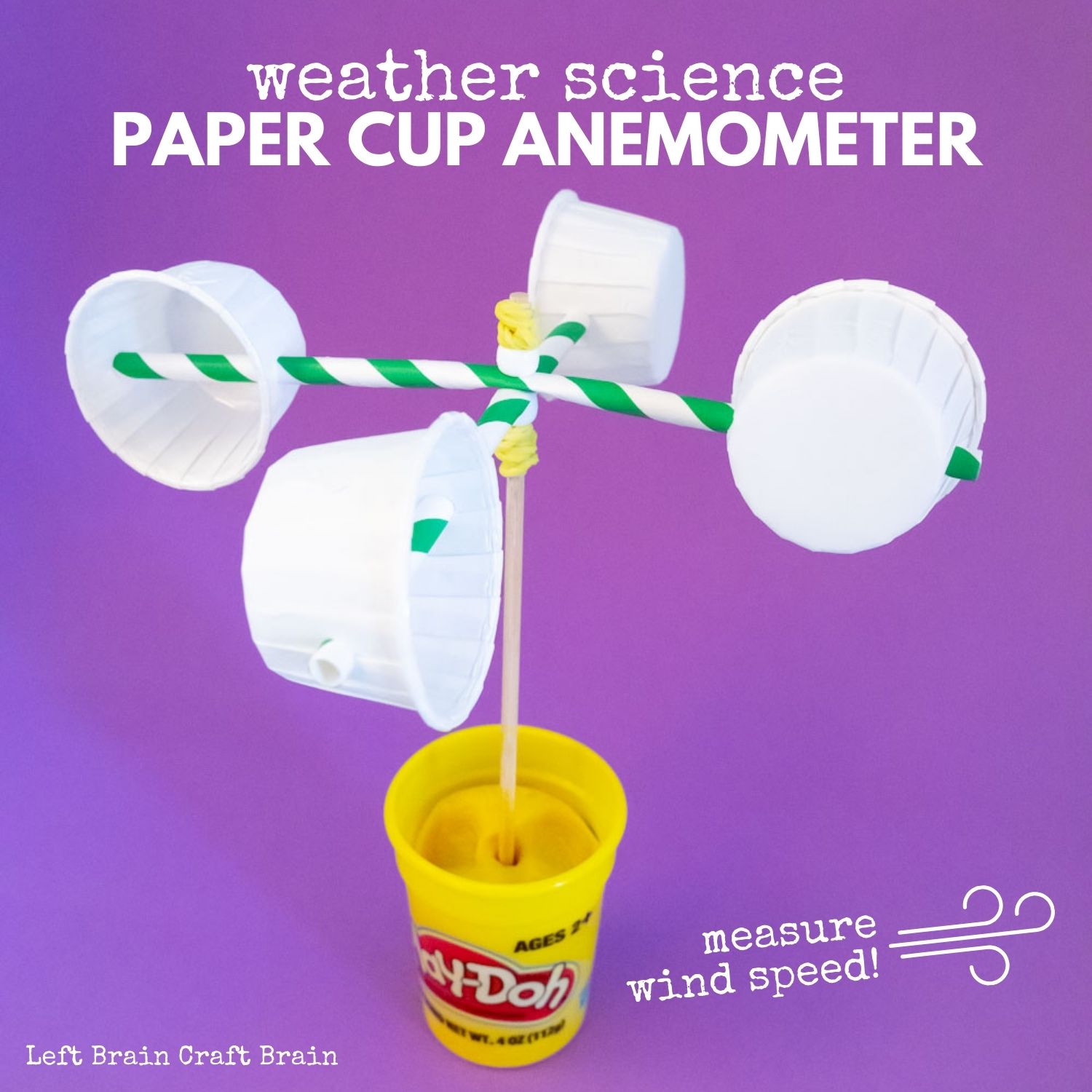Expert Tips for Adjusting Your Anemometer for Optimal Efficiency
Expert Tips for Adjusting Your Anemometer for Optimal Efficiency
Blog Article
Exploring the Functions and Advantages of Anemometers for Weather Lovers and Experts
From cup anemometers to sonic anemometers, each type brings its unique collection of applications and benefits, dropping light on various aspects of atmospheric conditions. As we dig into the functions and advantages of anemometers, a much deeper understanding emerges not only of prevailing climate sensations however also of the more comprehensive ramifications for markets like wind power production and ecological research.
Importance of Anemometers in Weather Condition Monitoring
Anemometers play a critical function in climate tracking by providing exact measurements of wind speed, assisting in projecting and understanding climate patterns. These tools, varying from conventional mug anemometers to modern-day ultrasonic anemometers, are important for meteorologists, researchers, and climate lovers alike. By determining wind speed, anemometers help in determining the intensity of climate phenomena such as storms, typhoons, and tornadoes. Additionally, they supply important information for aviation, maritime operations, and different sectors that are sensitive to wind problems.

Types of Anemometers and Their Applications
The most common kinds of anemometers include mug anemometers, vane anemometers, hot-wire anemometers, and ultrasonic anemometers. Cup anemometers are composed of three or 4 cups placed on horizontal arms that revolve with the wind, determining its rate. Vane anemometers, on the other hand, use an easily rotating vane to line up with the wind direction, giving both wind rate and instructions measurements.
Cup anemometers are suitable and durable for basic weather tracking, while vane anemometers are preferred for directional measurements. Ultrasonic anemometers are non-intrusive and use high precision, often utilized in study and specialized weather tracking applications.
Benefits of Making Use Of Anemometers in Projecting
In weather forecasting, the usage of anemometers supplies indispensable benefits for enhancing the accuracy of weather condition forecasting. Anemometers determine wind speed and instructions, supplying important information for predicting climate patterns. By incorporating wind data into forecasting versions, meteorologists can much better comprehend the movement of weather systems, expect adjustments in weather, and concern extra exact projections.
In addition, anemometers play a crucial function in evaluating potential climate dangers. Checking wind rates helps forecasters forecast serious weather condition events such as storms, twisters, and winter tornados with greater precision. This very early warning system makes it possible for authorities to release prompt notifies and implement necessary safety and security measures, reducing the risks to life and residential or commercial property.
Additionally, anemometers assist in optimizing renewable power manufacturing. By assessing wind patterns, meteorologists can recognize ideal areas for wind ranches and forecast energy result, adding to the reliable generation of wind power.

Anemometers in Wind Energy Production
Provided the crucial duty anemometers play in offering accurate wind information for climate forecasting and risk evaluation, their significance includes the world of wind power manufacturing. Anemometers are important instruments in the area of wind power, where the measurement of wind rate and direction next is essential for establishing the usefulness and effectiveness of wind turbine setups. By precisely gauging wind rates at varying elevations, anemometers help enhance the placement and layout of wind turbines to make the most of energy result.
In wind farms, anemometers are purposefully placed to accumulate real-time wind data that is made use of to evaluate the possible energy production browse around these guys of a website. This data contributes in figuring out the financial practicality of wind power projects and in projecting energy generation to make sure grid security. Additionally, anemometers aid in monitoring wind problems to optimize wind turbine efficiency, protect against damages from high winds, and guarantee the safety and security of personnel operating in the vicinity of wind turbines.
Enhancing Climate Recognizing With Anemometers

Anemometers play an essential function in improving our understanding of microclimates. These localized climate condition can vary considerably from wider regional forecasts, making it important to have accurate information for details locations. anemometer. By purposefully putting anemometers in different places, researchers can gather detailed information on just how wind acts in various terrains, urban environments, or bodies of water
Moreover, anemometers add to boosting climate projecting versions by supplying real-time data on wind habits. This information is particularly important for predicting serious weather condition events, optimizing agricultural practices, and supporting industries like aeronautics and maritime navigating. On the whole, anemometers are indispensable tools that allow us to delve much deeper right into the complexities of weather condition systems, inevitably bring about even more better-informed decisions and precise forecasts.
Verdict
In final thought, anemometers play a vital role in weather condition monitoring and projecting by measuring wind speed and direction. Anemometers additionally have applications in wind energy production, more highlighting their value in both Source meteorology and sustainable energy sectors.
From cup anemometers to sonic anemometers, each type brings its unique set of applications and benefits, losing light on numerous aspects of atmospheric conditions. These instruments, ranging from standard mug anemometers to modern-day ultrasonic anemometers, are vital for meteorologists, scientists, and climate enthusiasts alike. The most typical types of anemometers include mug anemometers, vane anemometers, hot-wire anemometers, and ultrasonic anemometers. Mug anemometers are durable and suitable for basic climate monitoring, while vane anemometers are favored for directional dimensions. Anemometers are crucial instruments in the field of wind power, where the measurement of wind speed and instructions is vital for identifying the expediency and performance of wind turbine installations.
Report this page